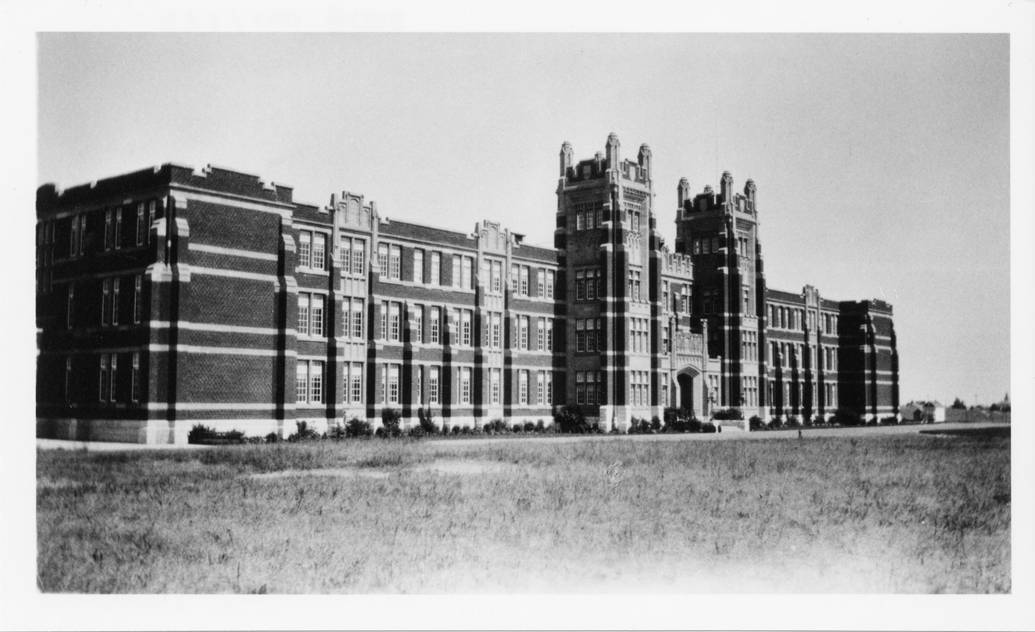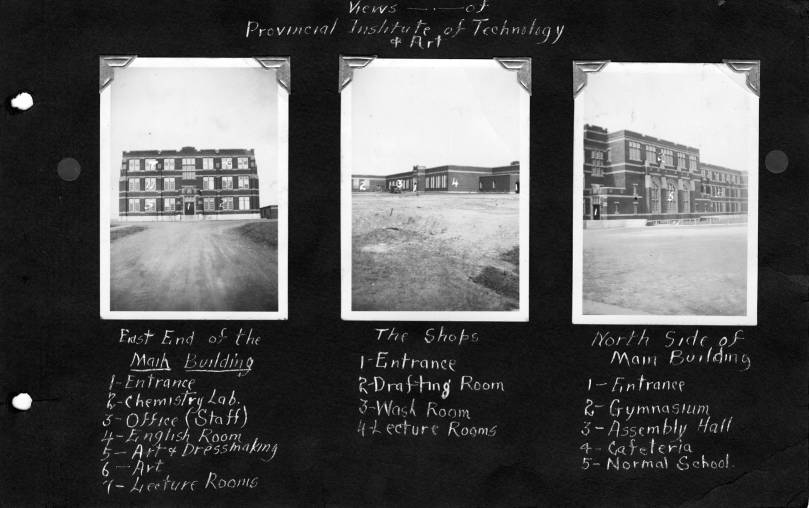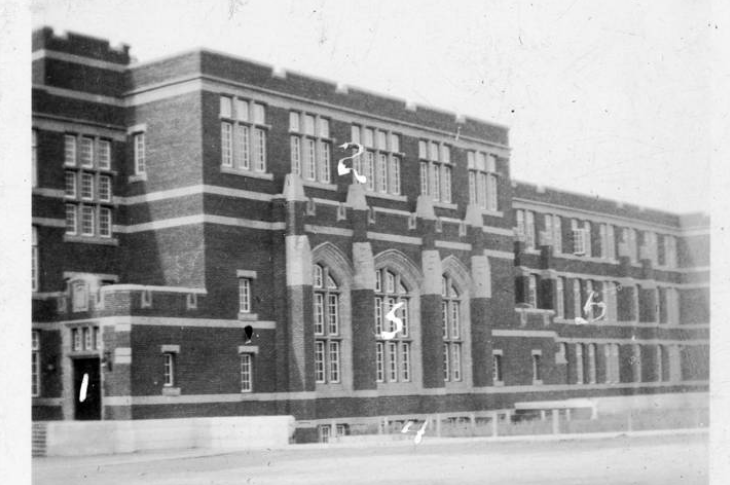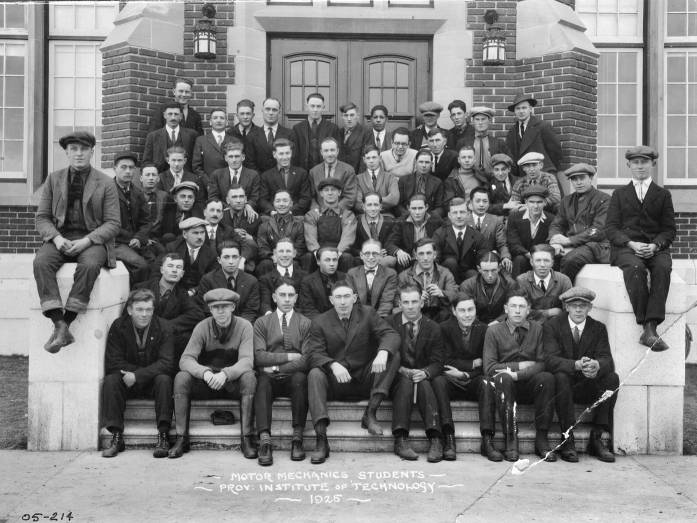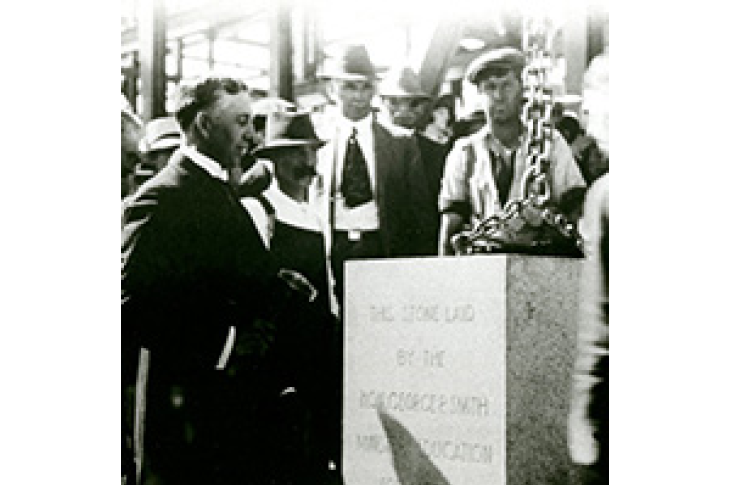The castle on the hill: Third-place prize to first-class institute
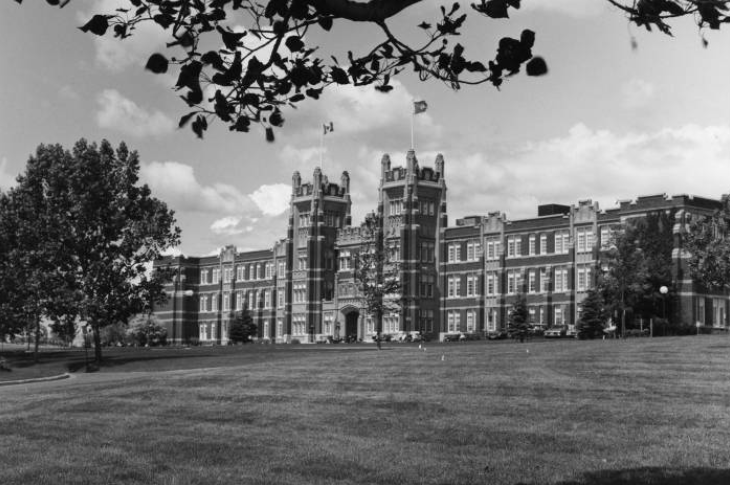
Description
SAIT’s roots are as old as the famous Calgary/Edmonton rivalry. After Alberta became a province in 1905, its newly formed government gave Edmonton both the provincial legislature building and the province’s first university. After determined campaigning by Calgarians, in 1916 the city was awarded the Provincial Institute of Technology and Art (PITA, as SAIT was formerly known).
In this episode, Calgary historian and author David Finch and the CEO of Heritage Calgary, Josh Traptow (AIM ’11), illustrate the city’s physical and economic landscape in the early 1900s and trace how, in 1922, PITA moved from its original location in Inglewood to its permanent home — the stately brick building PITA shared with the Calgary Normal School. Explore how, together, the two institutes would sit regally at the crest of Calgary’s North Hill for decades, and investigate the opportunities the brand new “castle on the hill” symbolized for students, the city and the province.
Hear more about the development of the Castle on the Hill and its significance to Calgary and the country.
Credits
Writing, production, sound design, vocals and composition by Ron Tarrant.
Research and writing by Astrid Gagnier, Alyssa Athanasopoulos and Kris Ferguson.
Photo Gallery
Photographs are courtesy of the SAIT Archives. The feature image is a vintage photograph of the exterior of Heritage Hall from where the soccer field and parking lot would be today.
(Intro) Dr. DAVID ROSS What is possible with a steadfast and bold vision. Welcome, welcome to SAIT!
(0:15) FEMALE VOICEOVER: A red brick and sandstone building looms large on Calgary's north hill, complete with twin towers, Gothic arches, and gargoyles. They've stood watch over the city for a hundred years. Now, this is Heritage Hall, the heart of the Southern Alberta Institute of Technology known as SAIT and we are celebrating the lessons of the past 100 hundred years since students first walked through its doors. One hundred years of innovation, pushing boundaries and leading by example. One hundred years of getting SAIT students up to speed for a rapidly changing new world. Join us and learn from the stories whispered from these walls celebrating 100 years of Heritage Hall. What lessons would we learn if only these halls could talk?
(1:11) RON TARRANT: There's a distinct feeling you get when walking towards Heritage Hall for the first time.
I mean, it's both exciting and intimidating and maybe even a little bit haunting. Kind of like Scooby Doo and the gang are about to roll up in the mystery machine to solve their next, “Hey, who done it?” But open the doors and a comfort falls over you almost immediately. Like you've been here before, like you’re home. (“Honey, I'm home!”) An unexplained recognition swells inside of you almost as if you yourself are responsible for the stunning architecture all around you, once painstakingly, sketched by hand on rustling blueprints. And we're talking about blueprints that you could swear when opened for the first time within the hall, released that unmistakable parchment paper smell, and pretty much locked it into the walls forever. You could even say it's the smell of education, one you've associated with learning since kindergarten.
Heritage Hall’s architecture is all about education on steroids. I mean its very design is intended to bring the great halls of learning in Europe to a dusty cattle town in the Canadian prairies. Noted historian, David Finch and Josh Traptow sculpts the initial vision of what would become Heritage Hall.
(2:25) DAVID FINCH: The SAIT story begins many, many years ago. In fact, before World War I. Alberta was a new province and the politicians up in Edmonton had promised that Edmonton wouldn't get both the legislature and the university; that Calgary would get something. And so, what they did was they built the legislature in Edmonton on the river and then in a sneaky move on the south side of the river in a part that wasn't Edmonton, in Strathcona, they built the University of Alberta. What did Calgary get as a third prize? It got the Provincial Institute of Technology and Art that opened in 1916.
(3:06) JOSH TRAPTOW: It was located in Colonel Walker School, which is located in Inglewood and is still a school to this day. It wasn't until Heritage Hall was built in 1920/1921 when SAIT moved from Inglewood to the north hill to now the present-day Heritage Hall.
(3:24) DAVID FINCH: When Heritage Hall was built, the castle up on top of the hill, it really was up on top of the hill. Calgary wasn't out on top of the north hill or even the south hill. Calgary was just down along the Bow River and along the Elbow River and it was a place with a view to the future and it had stunning architecture and it was something that was very exciting and it spoke to the future of Alberta and of Calgary.
Calgary had always been a larger city than Edmonton and it was on the main line, the CPR line going through to Vancouver. And so, the 1920s were the roaring twenties for Calgary and the future looked really, really great when Heritage Hall went up in 1922.
(4:09) JOSH TRAPTOW: Calgary has been the traditional territories of the Blackfoot Confederacy for thousands of years, and where SAIT currently is, is of course the traditional lands of the Blackfoot Confederacy and that land then became ranch and farmland. It then went to the Riley family and Calgarians will know them from the Louise Riley Library, of course, Riley Park there just below SAIT. And the Riley family were people that were very involved in our city. They served on council, there were some MLA's and they also gave some of the land for the Bethany Care Center, the land and they actually owed tax on that land. And so that's how the provincial government, came into ownership of some of that land was to pay off that tax debt. The government took some of it. So, the ranchlands belonged to Thomas Riley and in 1919 the province paid $63,000 for 110 acres of land. There was also a quoted “gifted land in lieu” of $30,000 of taxes owing and that's how that land became the ownership of the provincial government.
(5:32) DAVID FINCH: In the early 1920s when they were building Heritage Hall, Calgary was just coming into its own. It had come through the hard times of the war, it was booming again. There was a lot of work going on. Oil was being discovered just south and west of Calgary out at Turner Valley. And so, there was a real pent up demand for business, for growth, for technology and Heritage Hall and the programs that were being offered by the Tech and the Art Institute fit right in with that time period.
(6:05) JOSH TRAPTOW: The population in Calgary in 1916 was 56,514 and by the time construction started in 1921, it had grown to 63,305.
(6:16) DAVID FINCH: So why an institute to train people in technology and art? Just as World War I was breaking out and through it? Well, you see, in the early 1900s, it was becoming apparent that Alberta was booming. Calgary had the biggest boom it had ever had from about 6,000 people to more than, than, 80,000 in that first decade of the 1900s. It looked like Calgary was just going to grow and grow and grow and grow. And if you have a lot of people living together, then you need technology. You needed automobiles and trains instead of just walking places and going places by horse. And so, the new century, the 1900s looked like they were going to be really, really good and that we needed technology to get us there, and we needed people who could work with that technology.
(7:07) RON TARRANT: Continue the journey through SAIT's historical past visit sait.ca/alumni for more episodes.
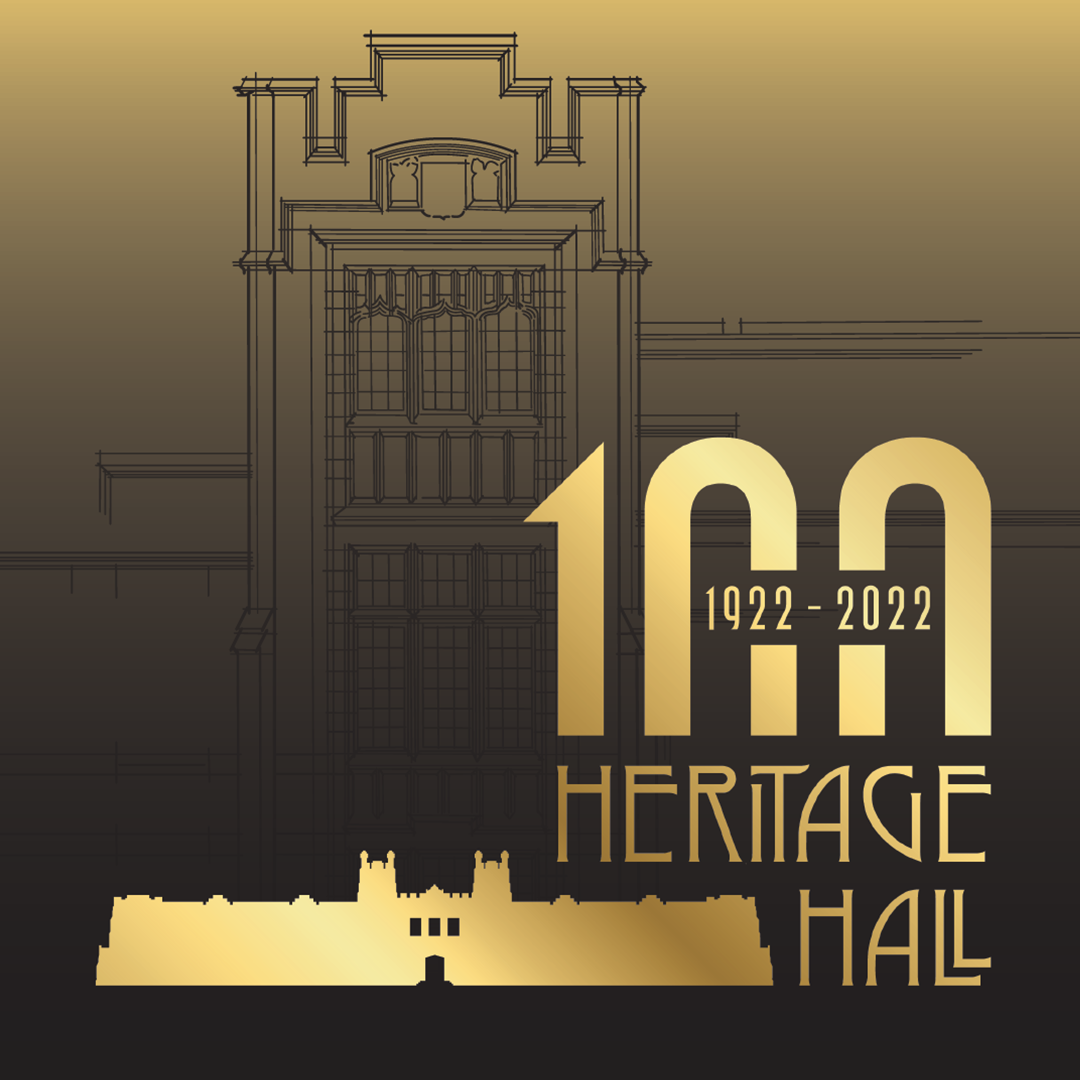
Celebrate with us
Discover all the ways you can be a part of the centennial celebrations at sait.ca/HH100.
